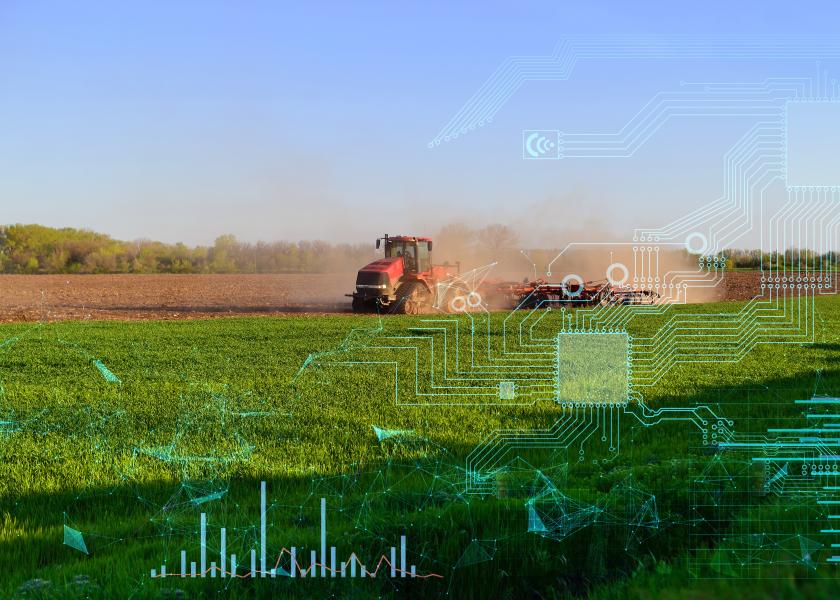Marking a Trail: Farm-level traceability helps Knuth operation back up conservation work

Angela Knuth wanted to track loads of grain during harvest. The beginning of her data collection journey was simple and clear. Today, the increased documentation on their farming operation provides Knuth, her husband Kerry, and their two sons, greater transparency in all aspects of their business.
“We wanted to move that information and detail onto the farming actions to try and get a better idea of what it’s costing us,” Knuth explains. “It’s made quite a difference on what we’ve purchased in equipment.”
According to Knuth, who farms near Mead in east central Nebraska, the transparency has added a level of confidence to the farm business. Through telematics, second-by-second agronomic and machine data, the Knuths can identify what is happening in the field and what it costs. The Knuths, who raise corn, soybeans, wheat, alfalfa and oats on more than 2,000 acres of owned land, have telematic capabilities in all of their tractors and other field equipment.
“It lets us see in real-time where trucks are at and shows tractors in the field and how many acres are done, plus yield and or spray rates,” Knuth explains. “The data is uploaded to a website a d available for viewing or replaying field actions. It stores the data, so we have access to our historical data from the season and years back.”
The Knuths focus their operation on sustainable farming systems and readily adopt new technology to assist in farm-level traceability.
“People want to know where their food comes from,” Knuth says. “If that’s the case, then you must be able to have the software, hardware, telematics, or the books to show them what was done. You can say you produce in a regenerative or sustainable manner, but it helps if you can back it up with real data.”
Farm-level traceability
Conservation programs provide an opportunity to help farmers protect and enhance the soil, reduce erosion, conserve water, and provide wildlife habitat, among other management practices. According to Knuth, many programs will reimburse farmers for the cost of seed, for example, when planting covers if they can prove the crop was planted.
“Traceability there is huge,” Knuth says. “And with the carbon market, (traceability) helps us go back and see how many dollars we’re going to get out of it.”
While increased data collection at the farm level has helped the Knuths track costs and reduce equipment expenditures, it’s also helped them discover what affects the cost of production per field.
“We are reducing chemical input and then how it affects our yield,” Knuth says.
She adds that because of the traceability in their operation, the University of Nebraska was at ease working with them in a recent cooperative study.
“We had the cost of the seed, chemical, fertilizer, each piece of equipment and basically spelled it out for them,” she explains. “So, it was very easy for them to feel comfortable with reimbursing us for those costs.”
Farm-level traceability not only helps the Knuths maintain a business-focused operation, but also relieves some of the year-to-year uncertainty that can come with running a farm.
“We love the telematics, basically it’s real-time,” Knuth says. “We can watch out in the field. It makes the communication and the people all on the same page.”







